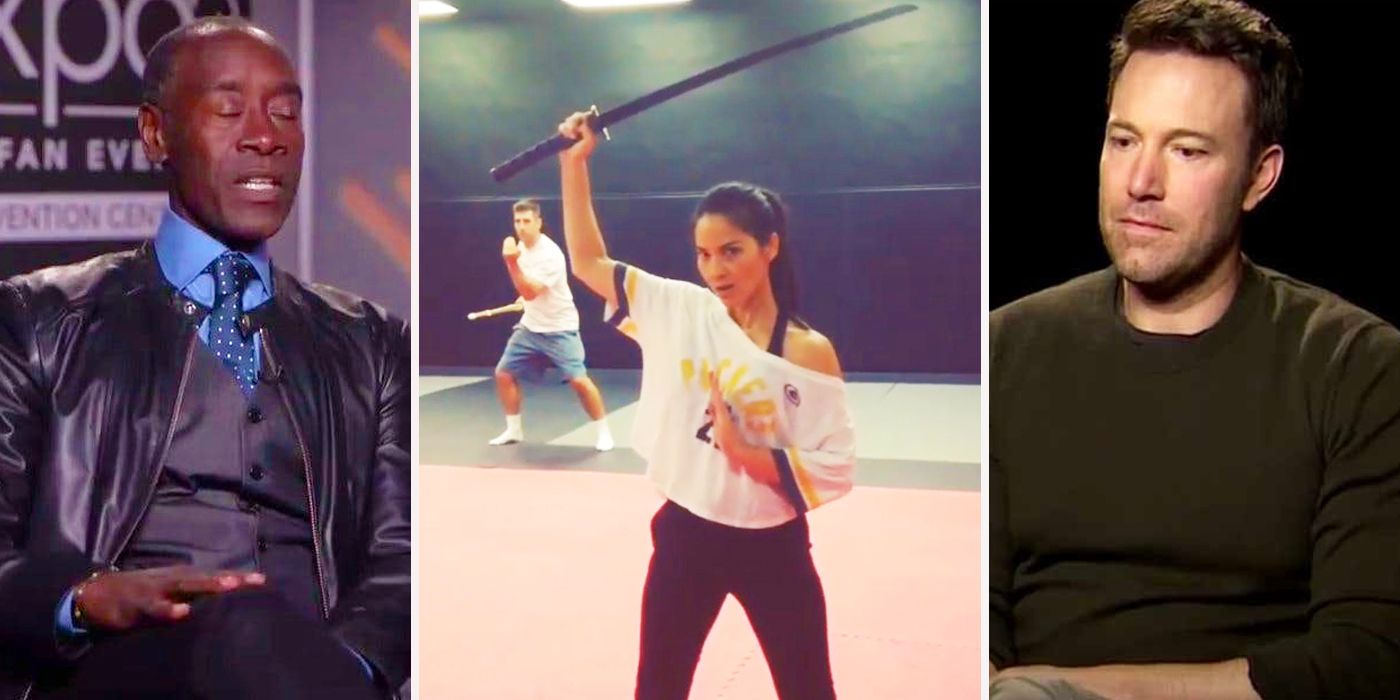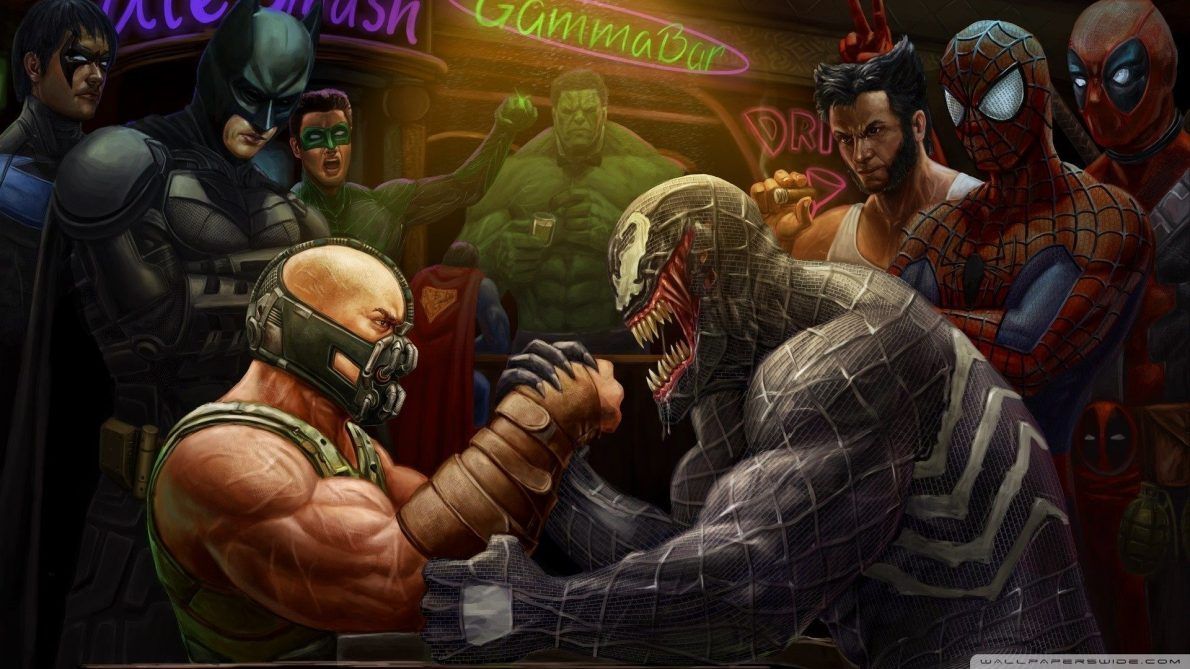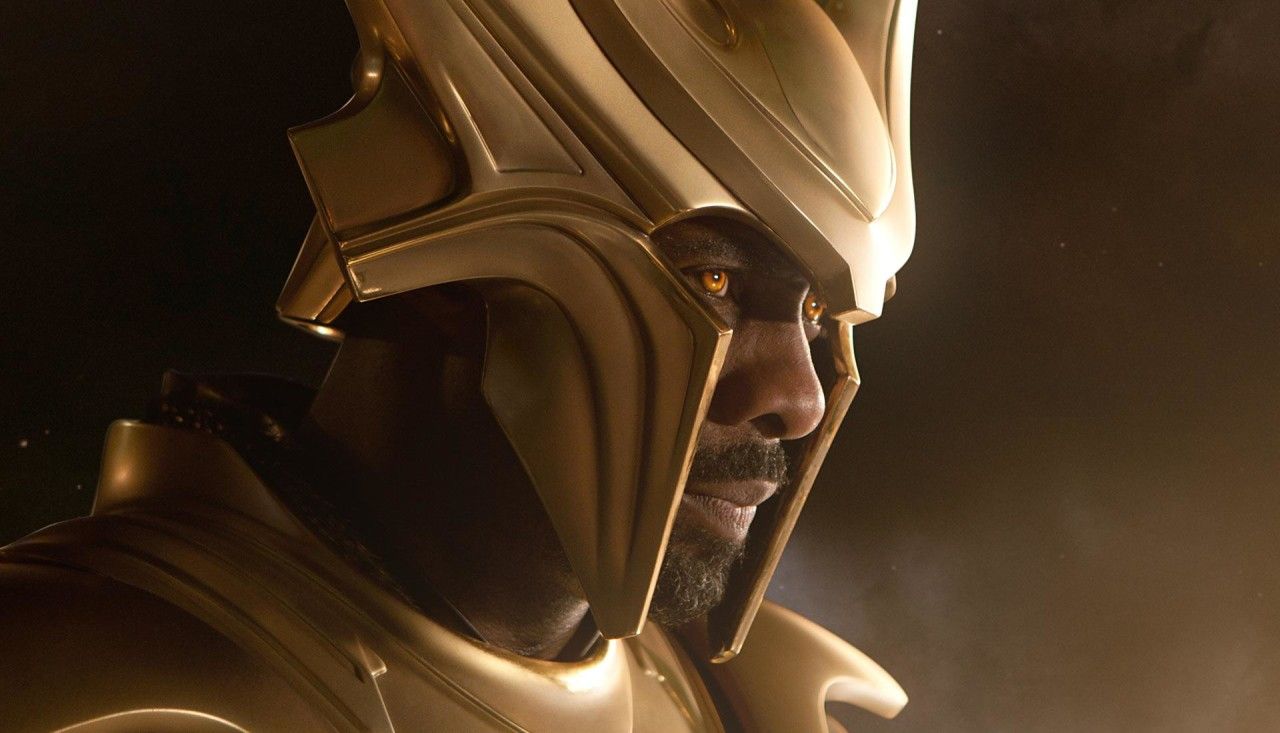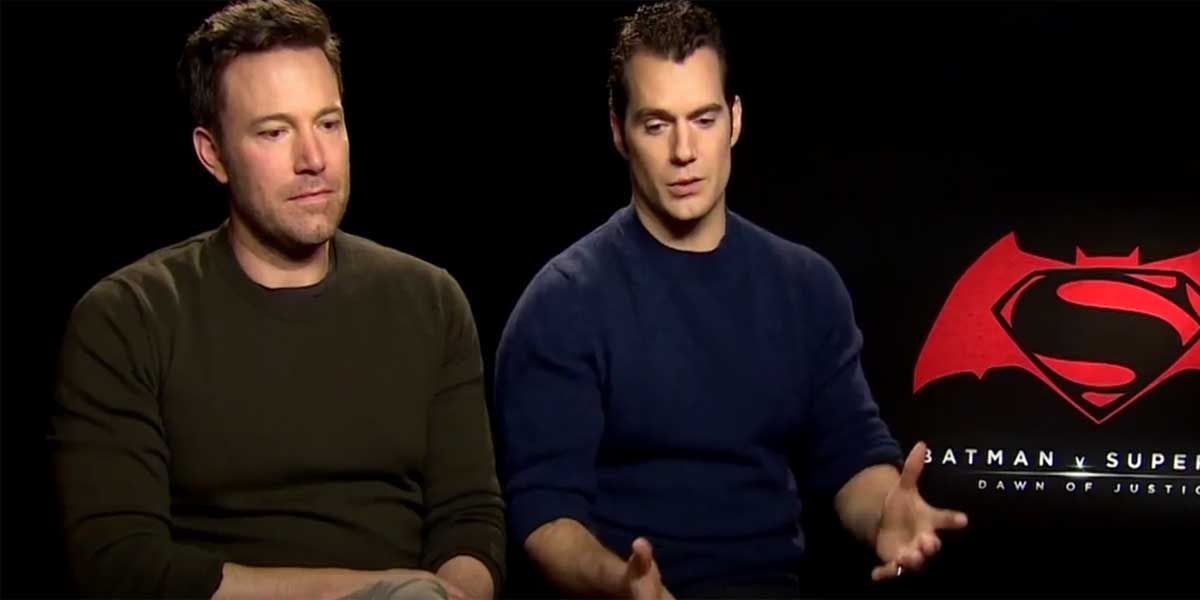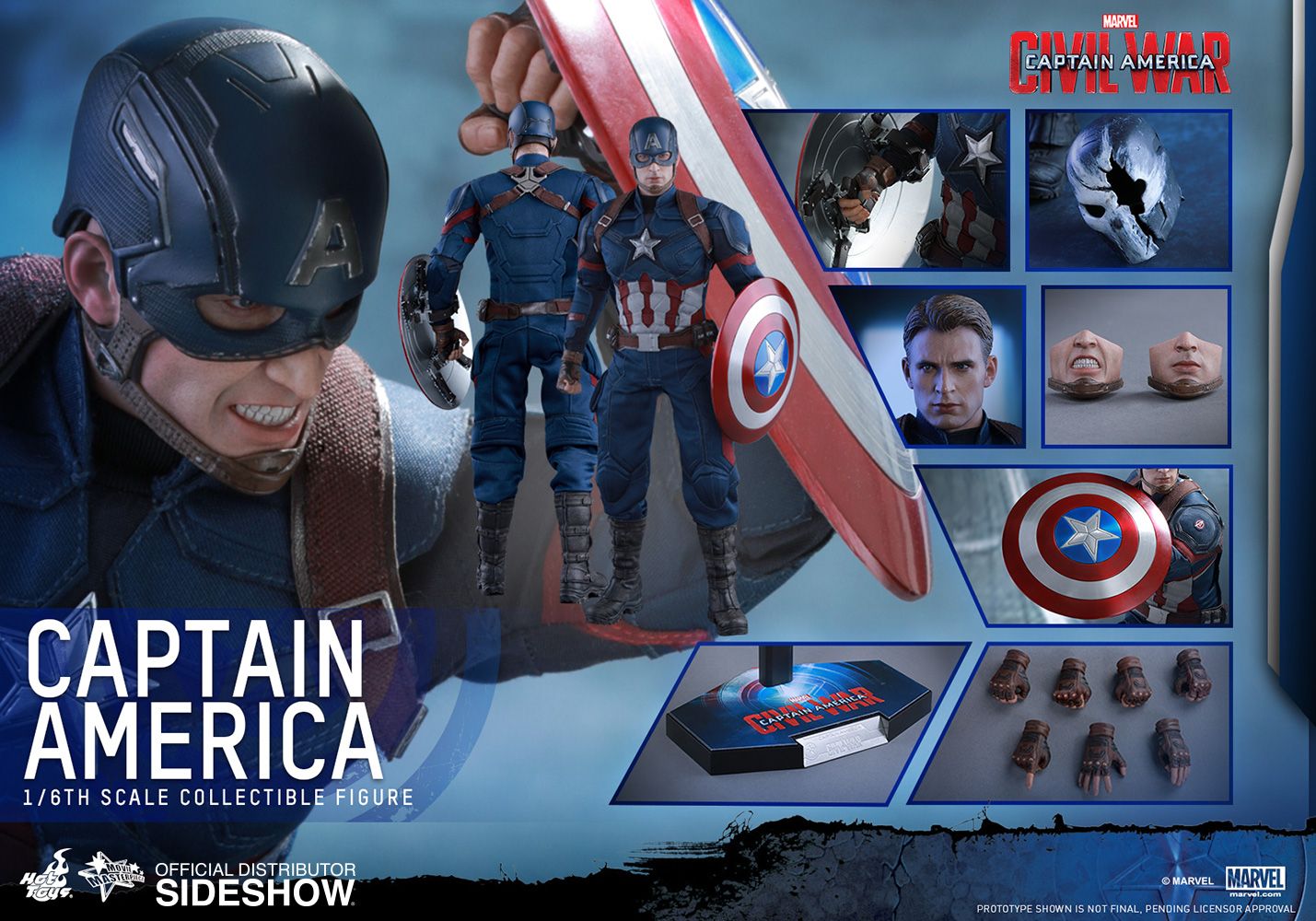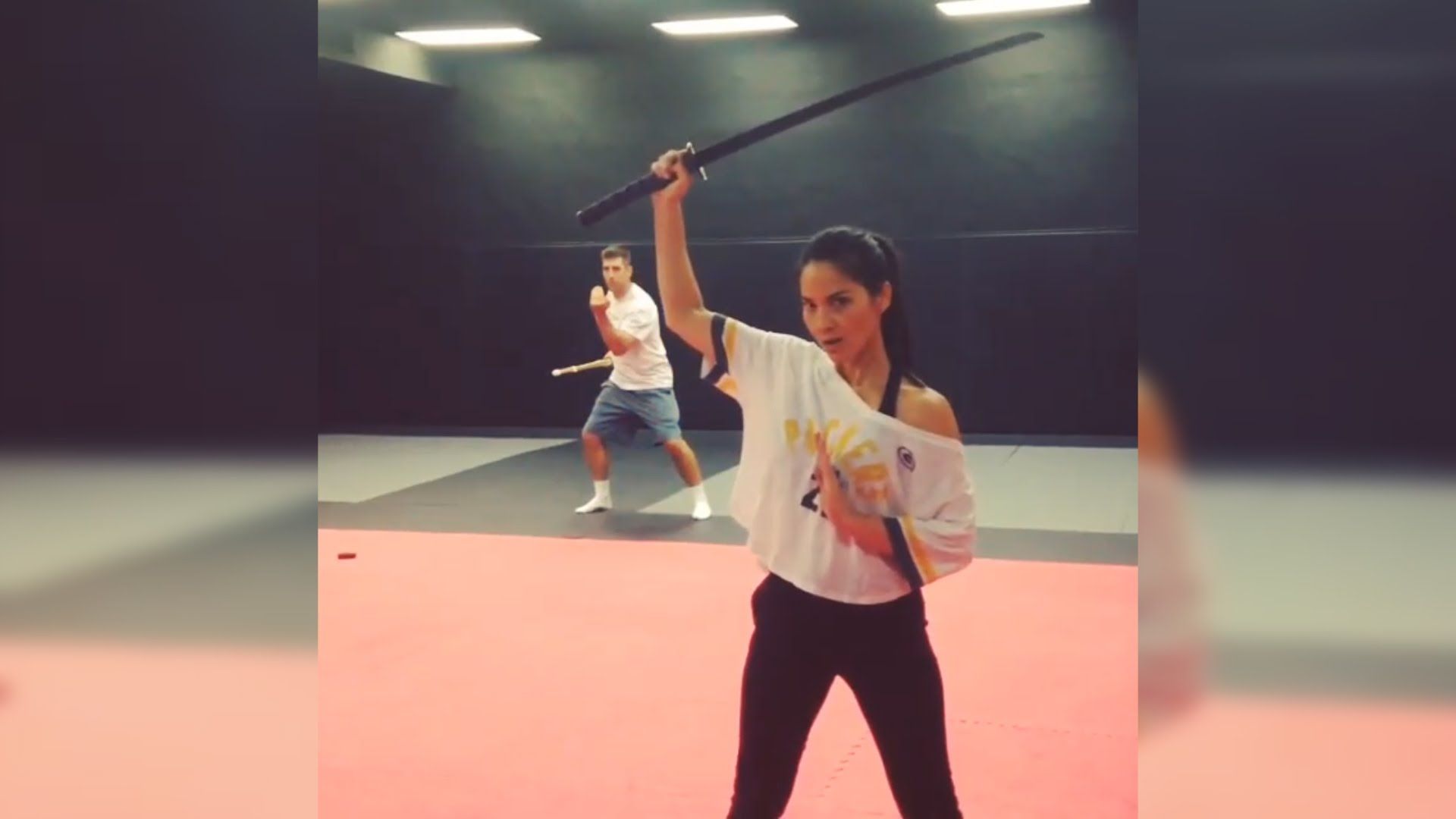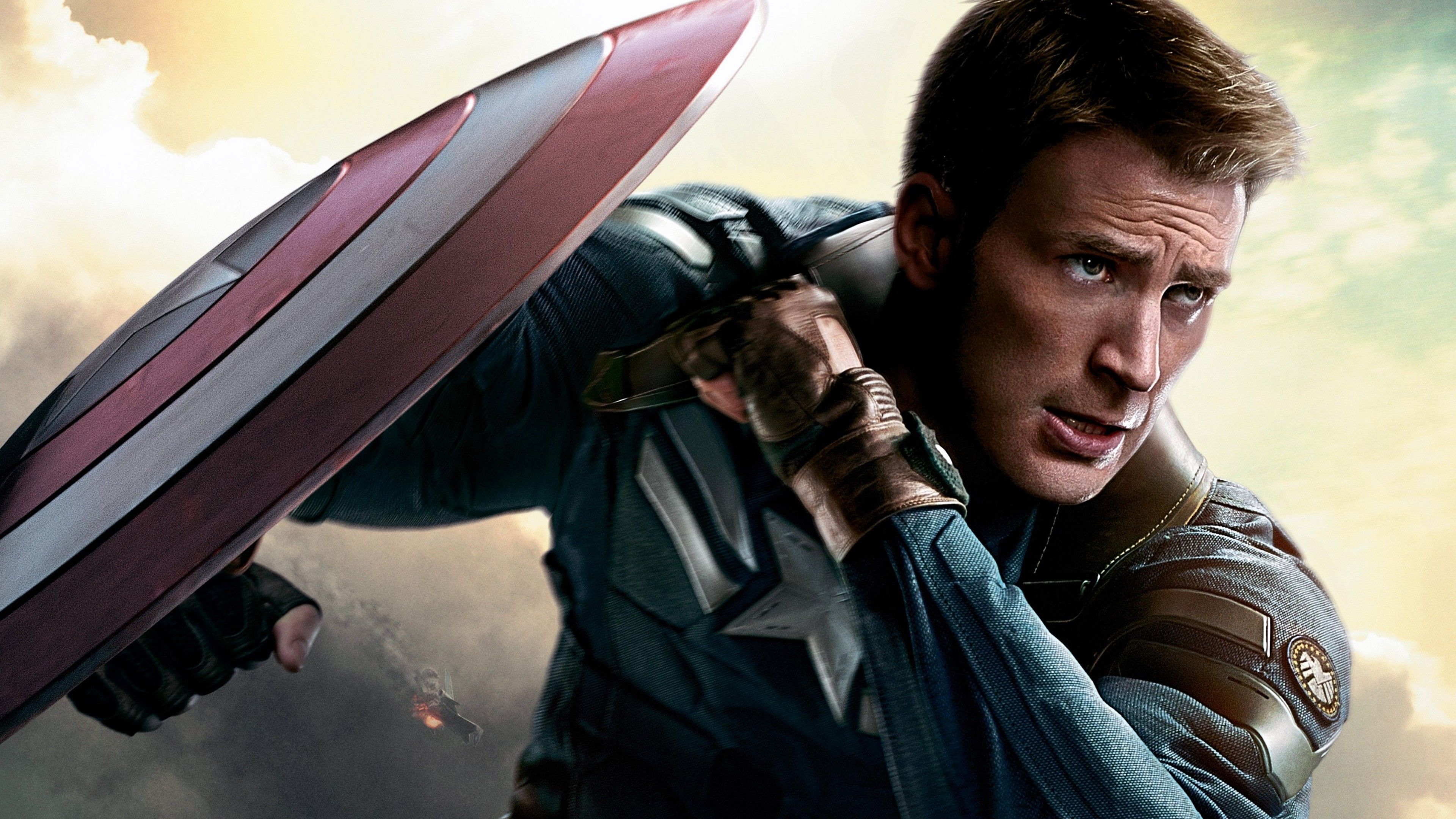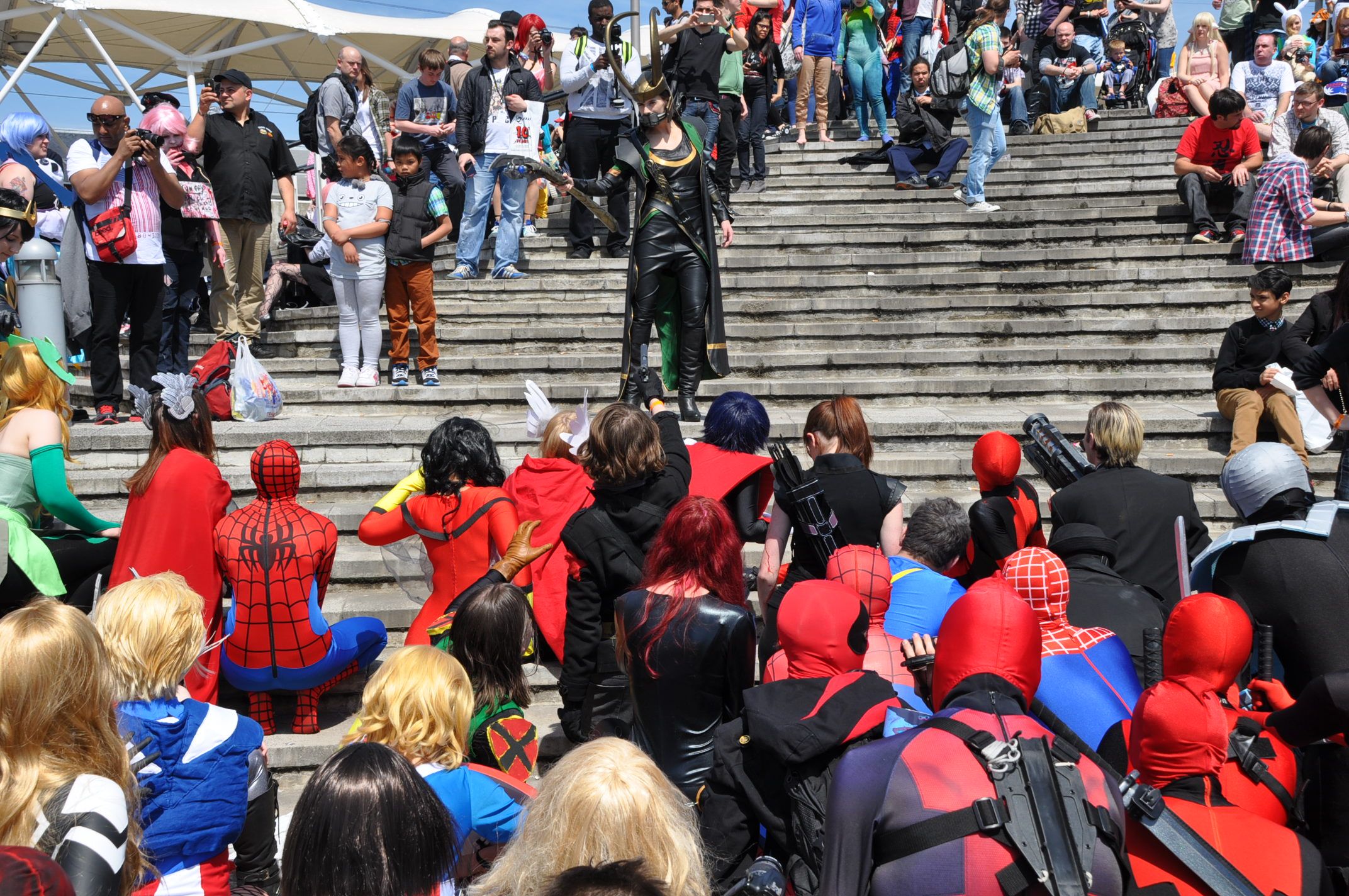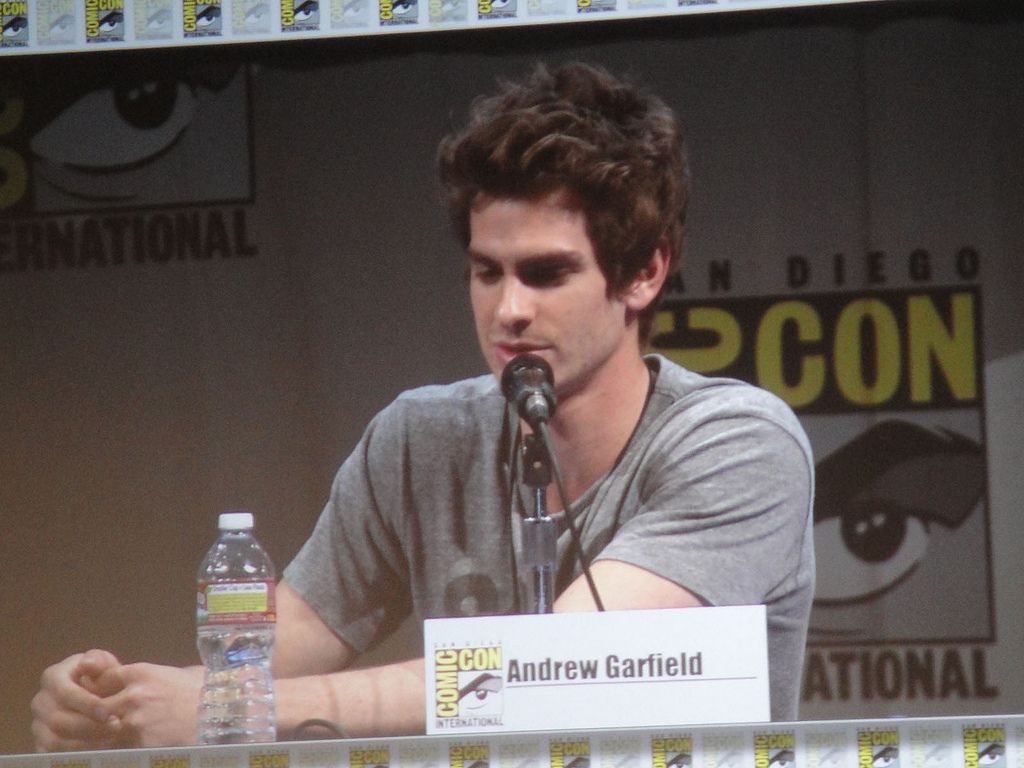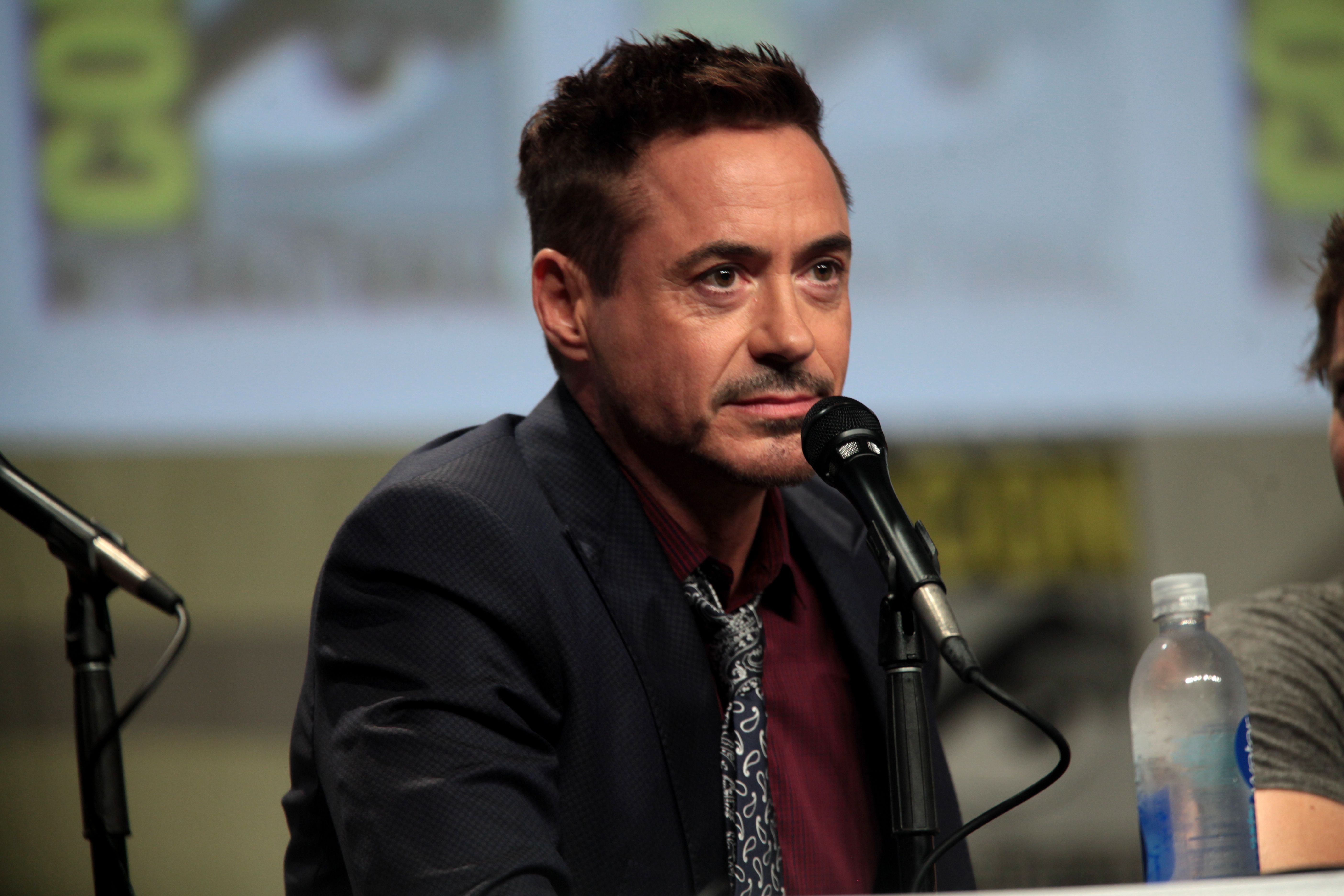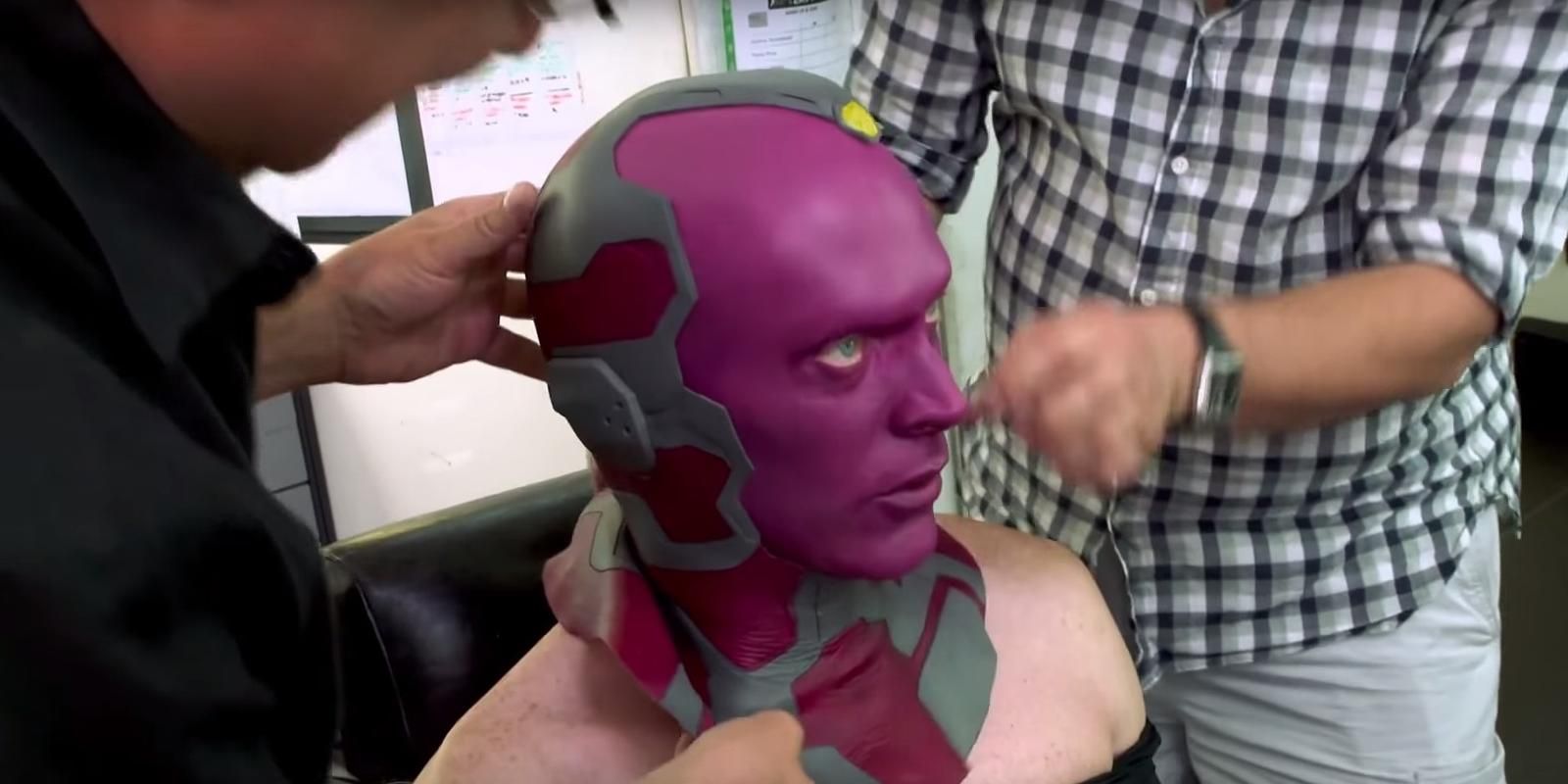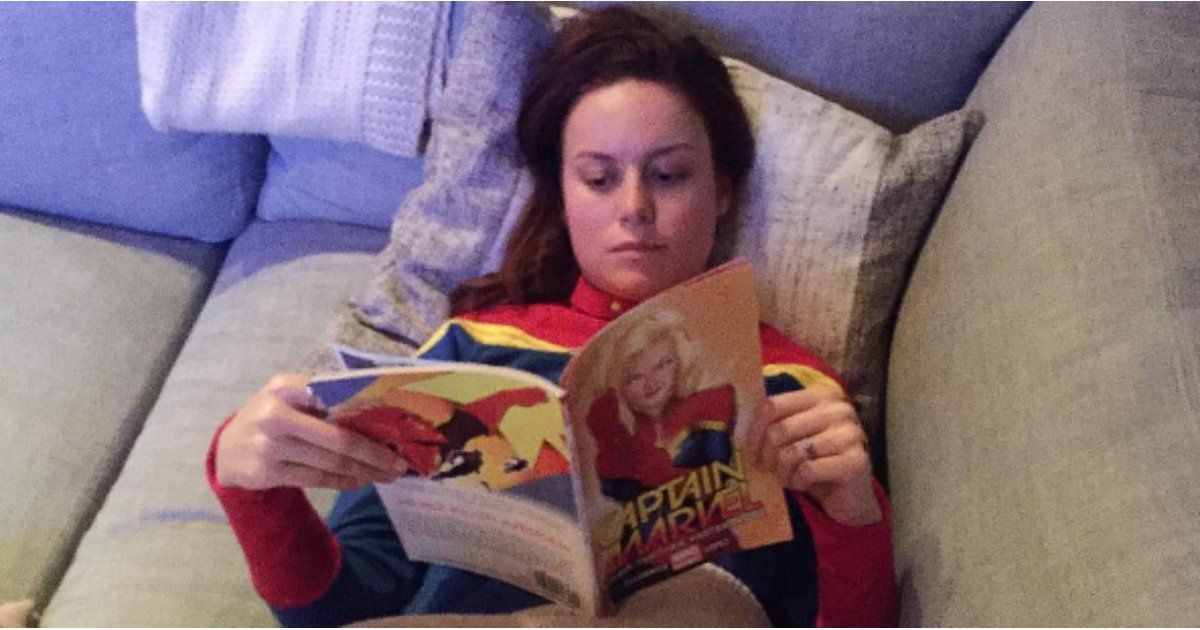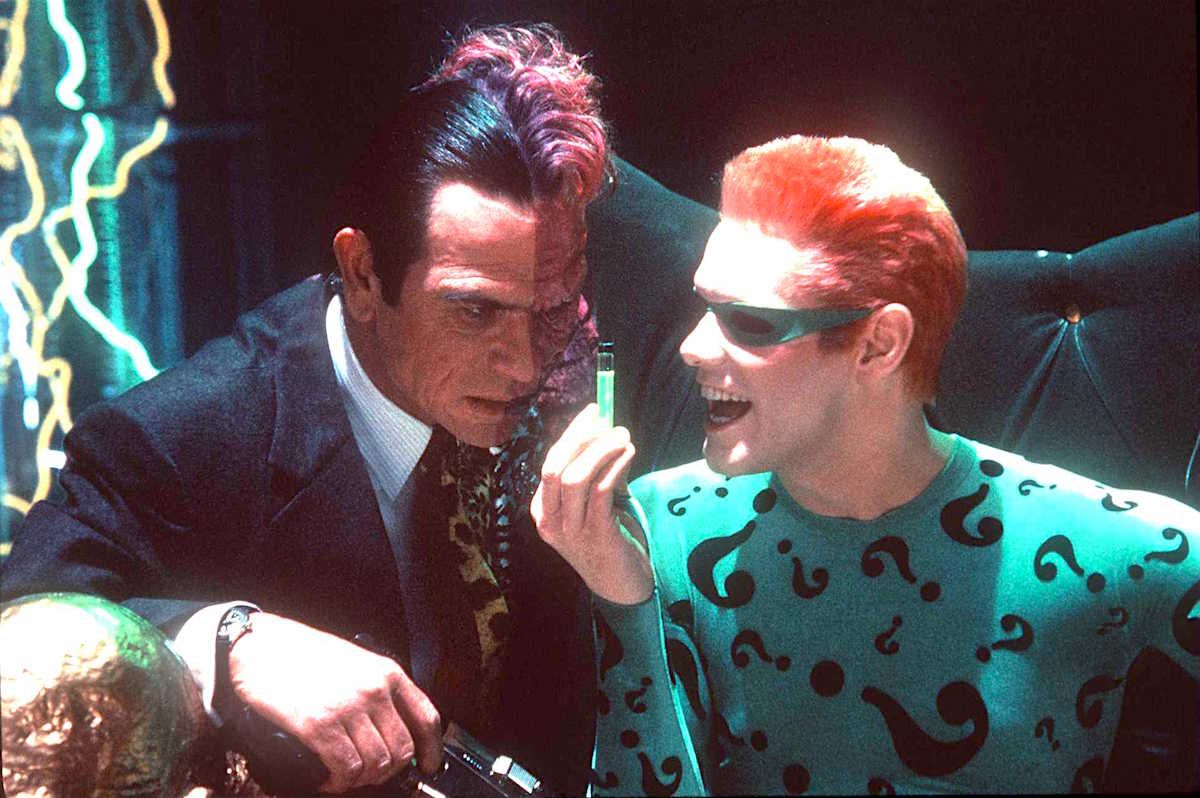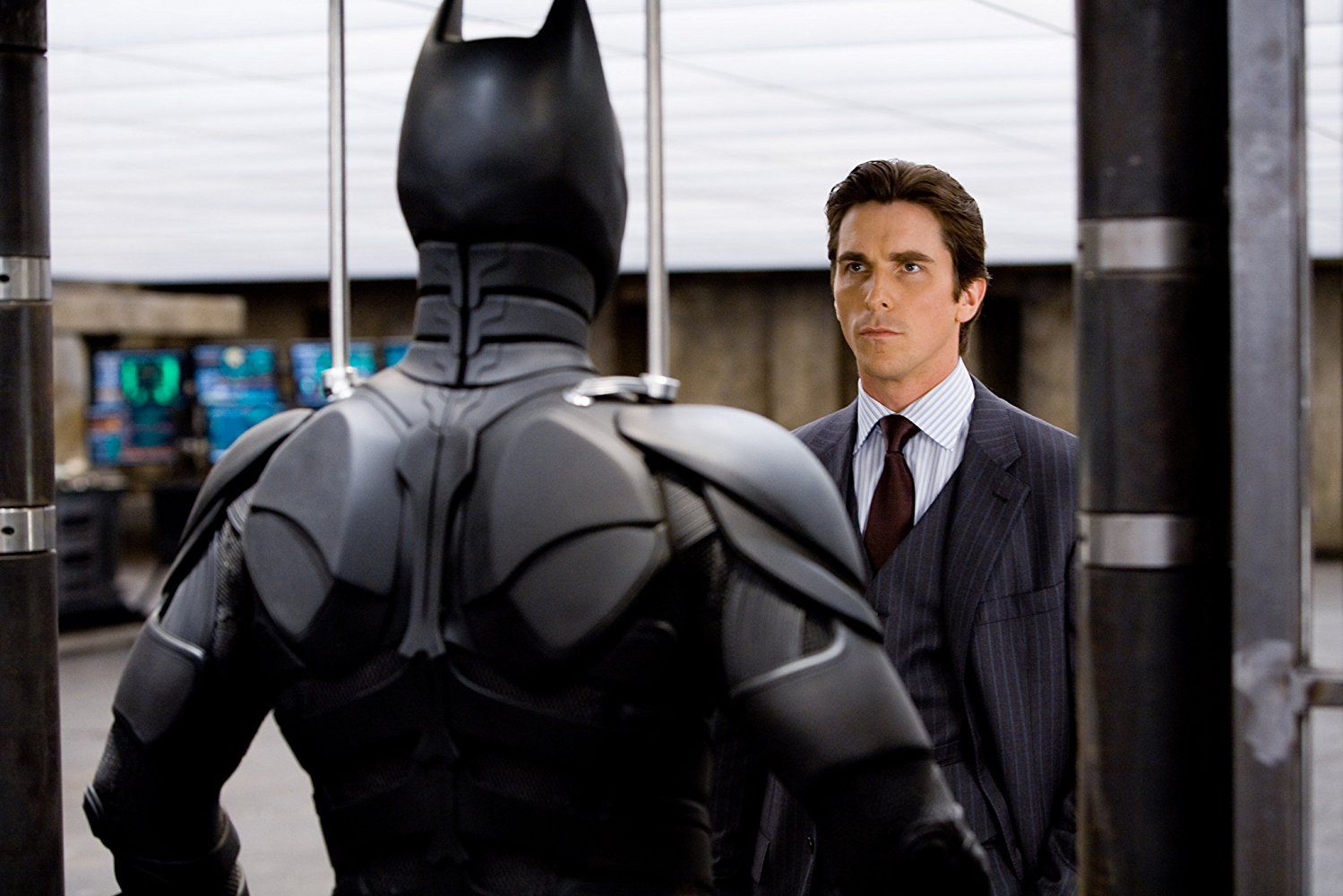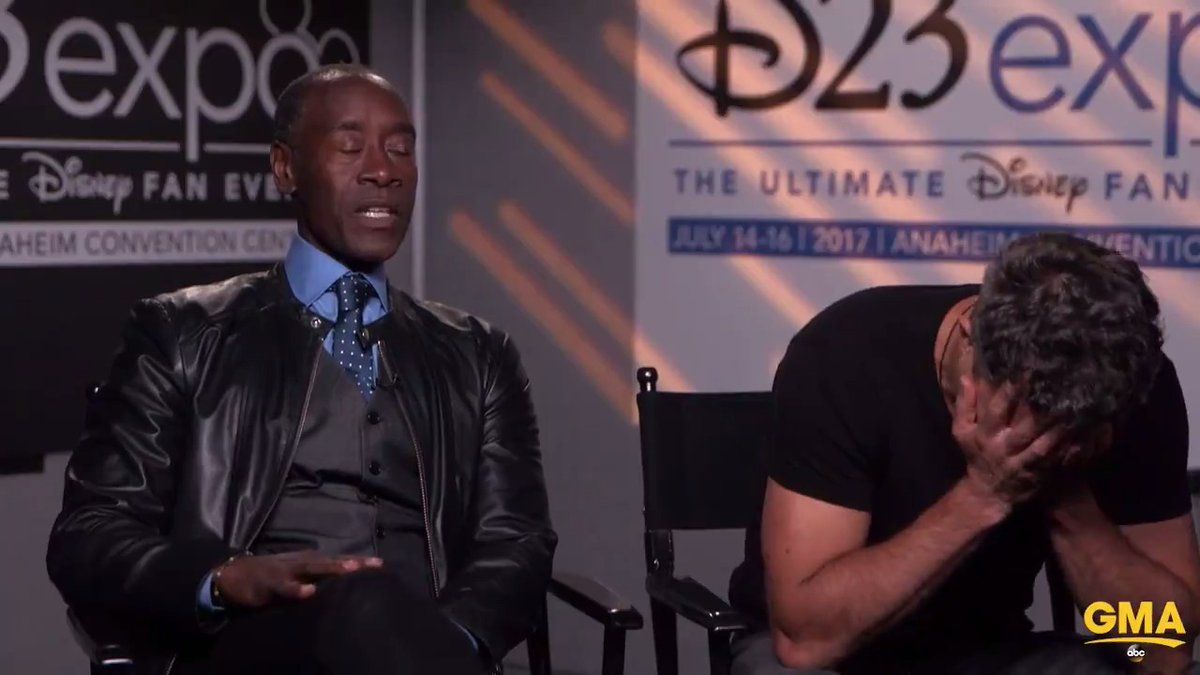Being a superhero on the big screen in 2018 puts you on a competitive list that most performers would do anything to get their names on! The grand stories, when adapted, offer are huge opportunities for actors, not just to stretch new acting muscles, but to break out in their roles.Though superheroes like Captain America, Wolverine and Black Widow are iconic, transitioning them to the screen can be extremely taxing for the actors. As such, playing them can be an immense amount of responsibility.
There is a shroud of secrecy around every Marvel and DC Comics film, even after they have been released. Once they’re done filming, every performer has to go out and commit to even more duties they have promised to their studios when signing on to be their characters. There are so many rules that they must follow, it can be headache-inducing to have to remember them all. Some are more ridiculous than others, but regardless, the rules command how and what they do during the time they spend embodying the heroes of their franchises.
15 NO COMPETE
One of the biggest revelations that came out of 2017 was that Marvel actors have a contractual obligation to stay within their cinematic universe. This came from Chris Hemsworth who talked about how his Marvel contract bars him from crossing over to the DC Extended Universe and taking up the mantle of a DC Comics character. It doesn’t matter how big or small the character is.
Of course, there is some evidence that certain actors in the MCU have different rules set into their contracts. While Chris Hemsworth isn’t allowed to make an appearance in a DC Comics film (most likely because he is leading his own dedicated franchise in the Thor movies), it is allowed for Josh Brolin to star as Cable in Fox’s Deadpool 2 and Thanos in the larger MCU. That has now changed with the Fox/Disney merger, but that also crosses another big MCU rule.
14 RESHOOTS
There has been a lot of criticism toward Marvel from big actors who play supporting roles in films. One of these was Idris Elba, who had problems with his contractual obligation to commit to reshoot schedules that took their toll on him. It wasn’t just the reshoot schedules that made Elba criticize them, but Marvel’s need for the actor directly after his portrayal of Nelson Mandela in Mandela: Long Walk To Freedom.
The reshoots happened after an eight-month shoot where Elba had to be in the headspace of a major political figure, then the very next day he had to play Heimdall in Thor: The Dark World. It isn’t just a performance problem for the actor, though, it was also gruelling to have to do the shoots back to back, which can wear on any person.
13 PRESS TOURS
We all love watching interview videos where superhero performers talk about their experiences on set. They answer random questions that are pulled off of social media platforms like Reddit and Twitter. They give quotes to the press on why fans should be excited for the next chapter of these huge franchises. It can be exhausting and relentless to have to go out after filming Justice League or Spider-Man: Homecoming to promote those films.
That press tour fatigue can be seen on the infamous Sadfleck meme, which is evidence of this phenomenon. It’s in all their contracts to abide by their months-long promotional schedules traveling from country to country. It is probably why Gal Gadot and Ben Affleck avoided speaking to the press on the red carpet for the Justice League premiere. The constant spotlight can be gruelling after having to be subjected to the same questions for months.
12 GIVING UP THEIR LIKENESS
Along with the promotional schedules that actors commit to with each film, they also have to give up their likeness for a variety of reasons. Their faces are plastered on every poster and billboard representing these Marvel and DC superheroes. Also, they give up their likeness for other merchandising opportunities that can range from t-shirts to coffee makers to collectible toys.
It is a part of Disney and Warner Brothers' strategy to create revenue through merchandising for their films. The most expensive collectible toys have extremely detailed facial features of the actors who play them. It is a rule that audiences don’t think about when they imagine these stars tackling these popular roles. With their likeness being used by Disney and Warner Brothers, it can contractually set a number of rules that include the control of their appearance.
11 INTENSE TRAINING REGIME
Some of the best performers will take on characteristics of their superhero characters to provide a more authentic portrayal. This is an unsung rule of the superhero performer. They go to drastic measures to give fans as much of what they want as they can. People like Margot Robbie and Olivia Munn disciplined themselves in skill sets that they may not have learned if it weren’t for their roles in Suicide Squad and X-Men: Apocalypse.
For Robbie, her scene where the Joker leaves her in the Lamborghini to drown had her learning how to hold her breath for 5 minutes. She learned a technique from a free-diver so that the scene used more practical effects and looked more real. Munn did the same by learning how to sword fight to give Psylocke her signature style more authenticity in regards to the comic books.
10 DIET/EXERCISE
This is one of the biggest rules in the superhero performance community. It has been widely reported that Chris Pratt would not have gotten his role as Star-Lord if he didn’t shed some of his weight. Superheroes in big franchises have to adhere to a certain physical look. Actors like Hugh Jackman and Chris Evans have talked about the gruelling diet restrictions and workouts they have to do to achieve the look of their comic book counterparts.
Scarlett Johansson also cited her grievances and worry when she had to wear that tight suit that Black Widow is so famous for and has said she was scared to wear it. Christian Bale infamously had one of the most dramatic weight fluctuations with his back to back shooting of The Machinist and Batman Begins.
9 STUCK IN A FRANCHISE
While we’ve touched on actors who can’t cross over between competing franchises, one of the stricter rules these actors have is to abide by their multi-movie appearances. It sounds all well and good, but it can inhibit a performer from being allowed to take a break from their acting to pursue other ventures.
This is clear in Chris Evans discussing his possible retirement from acting after his Marvel film appearances are all fulfilled. He wants to do more work behind the camera as he has directed and starred in Before We Go. Even if he wasn’t going to pursue other films, he still is contractually obligated to continue portraying Captain American in the MCU. This would mean he still had to follow the other rules on this list. This is true for any superhero performer that has a multi-film contract.
8 MAINTAINING PUBLIC IMAGE
When a performer signs up for a massive franchise like the DCEU or MCU they must abide by a certain set of standards for their public image. Marvel Studios is owned by Disney, which puts out a wholesome image of each of its performers. Neither Disney nor any of its competitors want someone who is supposed to be a superhero to have any negative public image that could contradict that.
While Robert Downey Jr. has had a pretty sordid past, it doesn’t affect him because he is no longer tied to it. Disney has had a history of cutting ties with people who give their content creation a bad name. Most recently, Jake Paul (while admittedly on a much smaller scale) has been dropped by Disney after his brand didn't mesh with their own. The same can be assumed for its Marvel superstars.
7 GIVE UP THEIR MANTLE
A majority of the superheroes we’ve seen on screen have had many portrayals over the multiple decades they have been in the pop culture. One of the craziest and most recent changes in the talent behind a superhero franchise has been with Spider-Man. In almost two decades, he has been played by three different people. First, Tobey Maguire donned the web slinger’s tights then Andrew Garfield and now Tom Holland.
The last two came in an interval of three years. It is unprecedented, but it happens. People get recast in roles, of course; even Terrence Howard’s James Rhodes role was given to Don Cheadle, and it happens when a story gets rebooted. Garfield loved the role of Peter Parker/Spider-Man and losing that was huge for him. He said he wuld “shed a tear” when watching Spider-Man: Homecoming.
6 BEING OVERLY CAUTIOUS
While there are a lot of performers that do their own stunts depending on how dangerous they are, they may be told to sit them out in place of a stunt double. This is due to a very boring, but hugely important reason. Insurance can be pretty expensive, especially when it comes to the performers who portray these beloved superheroes.
Robert Downey Jr., as Tony Stark, has become the poster boy of the MCU franchise. Depending on the risks that he takes, it raises the insurance rates that the studio must take out. So, when a star like Gal Gadot or Margot Robbie does their own stunts, it could be a liability on the studio if they get hurt. For this reason, the main cast of performers may be reined back on doing all their stunts.
5 LONG HOURS FOR MAKE-UP
Some superhero performers' makeup and hair are harder to do than others. Some have to spend significantly more hours in the hair and makeup trailer than others. Take Paul Bettany, who plays Vision in the Avengers films. He has to spend a good portion of his day in a chair while they transform him into the fan-favorite green and red synthezoid.
The same can be said for performers like Dave Bautista and Zoe Saldana, who play Drax the Destroyer and Gamora. It is a process that can take hours for these special effects artists to get the comic book looks of these characters correctly. While one might think that just sitting in a chair is easy, it is actually a practice in patience. Still, at least these performers have something cool to show for their time.
4 RESEARCH
Most of the characters portrayed on the big screen have had a decades-long history in the comics. It can be daunting to sit down and start their stories from the beginning. DC Comics’ Detective Comics is about to hit 1,000 issues, and that's just one corner of the Batman universe! While these performers don’t have to read their entire history, they do have to take a big dive into them to understand their performances.
People like Ezra Miller have researched the Silver Age, Golden Age, and specific characters (in this case, the Flash) to get a better understanding of his character. He isn’t the only one as others like Brie Larson has poste photos of her reading Captain Marvel comics to really get a good grasp of the character.
3 WORK WITH PERFORMERS THEY HATE
While there have been no horror stories that have come from the sets of Marvel or the DCEU so far, it’s only a matter of time until some of those performers start to clash. It’s happened before in films like Batman Forever where two performers just didn’t get along. Tommy Lee Jones did not care for Jim Carrey on the set of their Val Kilmer-led Batman film.
Jones would do whatever he could to stay away from Carrey whenever the cameras went down and didn’t even talk to Carrey outside of his scenes with him. Still, he remained as professional as he could to ensure that the film got made. In Suicide Squad, Jared Leto became a nuisance while he played the Joker. He is a method actor, so he tried terrorizing his cast-mates on set to instill a sense of fear in them, but instead just came off as annoying.
2 WEAR UNCOMFORTABLE COSTUMES
It’s awesome to hear about how giddy and excited performers got when they donned their respective costumes. Unfortunately, it isn’t all fun and games. Their costumes can be extremely uncomfortable. Scarlett Johansson and Chadwick Boseman have had the misfortune of wearing nearly airtight body suits while filming in the heat. Johansson has even stated that she would have to wring out the sweat from her socks after acting in the Avengers films.
Christian Bale also had problems with the Batsuit he wore in Batman Begins. Before production started on the beloved sequel The Dark Knight, he asked for his suit to be changed. Instead of the hard to maneuver cowl of the first film, he would now have the ability to move his neck with the new cowl. It made for a less taxing experience when he would do his fight scenes.
1 SWORN TO SECRECY
It is no question that when it comes to superhero films they must be kept completely under wraps. This tradition was started by Christopher Nolan when he directed the The Dark Knight trilogy, as he always wanted his audiences to come to his films with fresh eyes. It is now one of Marvel Studios' biggest tools when their performers discuss any plot developments of their films before their release.
Tom Holland is notoriously known for accidentally telling news outlets about things, like him appearing in three Spider-Man films, as opposed to the two the public knows about. Marvel even goes out of its way to have its actors read partial scripts to avoid as much information as possible from getting out to fans. Mark Ruffalo is also notorious for revealing too much information, saying that “everybody dies” in Avengers: Infinity War. Of course, that one was probably just a clever ruse... OR WAS IT?

